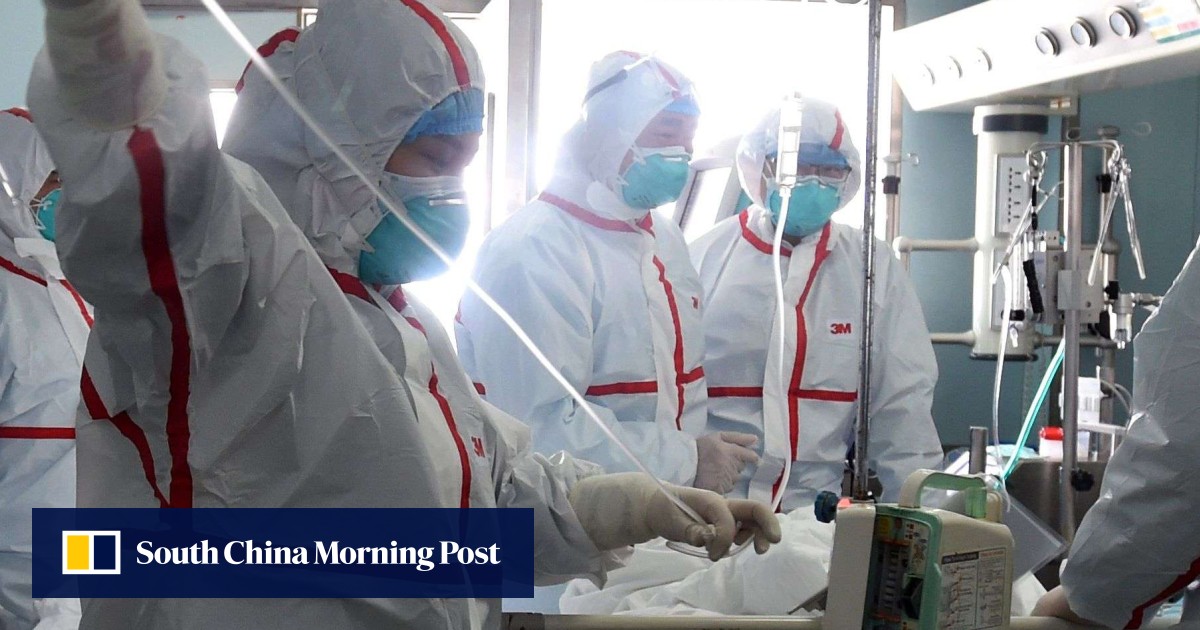Guangzhou, 19 Feb (Xinhua) - In January 2017, the Center conducted a gene sequencing analysis of the virus isolated from H7N9 cases in two cases, and found that in the case of the disease, Two strains of the hemagglutinin linked to the peptide position of the gene insertion mutation, suggesting that the virus mutation to the highly pathogenic virus against birds.
Guangdong Provincial Center for Disease Control and Prevention experts to judge and communicate with the relevant experts in the agricultural sector that, according to the results of the virus sequence analysis, the virus has not yet appeared on the human infection, virulence and interpersonal ability to enhance the mutation. Two cases of disease before the incidence of bird exposure history, and in its exposure to poultry birds have occurred in the phenomenon of death. At present, a case has been cured, another case is still in treatment. All the 105 cases of close contact after two weeks of medical observation, were not fever, cough and other symptoms.
H7N9 virus is a influenza virus, one of its main features is prone to gene reassignment and mutation. Some mutations may lead to the virus on the human appeal, virulence and interpersonal communication capacity enhancement, so the virus mutation has been widely concerned at home and abroad. It is understood that the agricultural sector laboratory also from Guangdong, four poultry specimens found similar to the variation of the virus. China Healthcare System will work with the agricultural sector to jointly study the source and scope of the variability virus and continue to strengthen the monitoring of the H7N9 virus and discover any possible variability. The results have been communicated to the World Health Organization. (Finish)
Guangdong Provincial Center for Disease Control and Prevention experts to judge and communicate with the relevant experts in the agricultural sector that, according to the results of the virus sequence analysis, the virus has not yet appeared on the human infection, virulence and interpersonal ability to enhance the mutation. Two cases of disease before the incidence of bird exposure history, and in its exposure to poultry birds have occurred in the phenomenon of death. At present, a case has been cured, another case is still in treatment. All the 105 cases of close contact after two weeks of medical observation, were not fever, cough and other symptoms.
H7N9 virus is a influenza virus, one of its main features is prone to gene reassignment and mutation. Some mutations may lead to the virus on the human appeal, virulence and interpersonal communication capacity enhancement, so the virus mutation has been widely concerned at home and abroad. It is understood that the agricultural sector laboratory also from Guangdong, four poultry specimens found similar to the variation of the virus. China Healthcare System will work with the agricultural sector to jointly study the source and scope of the variability virus and continue to strengthen the monitoring of the H7N9 virus and discover any possible variability. The results have been communicated to the World Health Organization. (Finish)




Comment